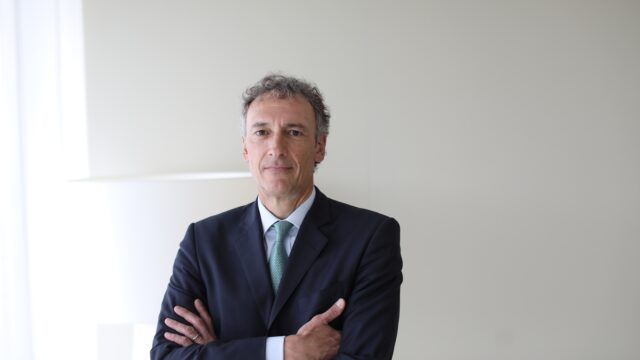In Pictet Wealth Management’s latest edition of “Horizon”, the wealth manager’s 10-year outlook on economics and asset allocation, it said that it expects the 60/40 portfolio to thrive due to higher bond yields.
“Our forecast that bond yields will remain higher than in the past suggests bonds will once again be a viable source of positive real income and a potential buffer against downside risk in equities,” said Alexandre Tavazzi, head of the CIO office and macro research at Pictet Wealth Management, speaking at a media briefing.
“In such circumstances, we might be able to look forward to a revival of the time-tested 60/40 portfolio, splitting between 60% stocks and 40% bonds.”
Central banks have been raising interest rates over the past year in an aggressive fight against inflation, with the Fed funds rate currently standing at 5%-5.25%, compared with only 1% a year ago.
Therefore, Pictet forecasts long-term government bonds in developed markets, except Japan, to continue to offer handsome positive carry.
Meanwhile, looking at corporate bonds, wider credit spreads and higher government bond yields have led the firm to raise its 10-year return expectations for credit, with US and Asian high yield bonds expected to generate 7.2% in returns over the next 10 years and investment grade bonds 4.6%-6.1% depending on the region.
“In the last 10 years, investment grade instruments only generated about 3.5% return over a 10-year period, but we now expect high-quality investment grade bonds to yield about 6%. This is a substantial improvement in income,” said Tavazzi.
That is why Pictet’s house view is that there is no longer any need for investors to look for carry in high yield as the most attractive risk-adjusted returns come from the investment grade space.
Moving to equities, Pictet believes the asset class has looked more attractive this year compared with last year due to the drop in valuations but it does not expect the same returns for US equities.
“The scarcity of supply chains and the decrease in labour workforce will lead to a compression of profit margins,” said Tavazzi.
“The company management, which we have talked to, told us that their focus today is less on keeping profitability and more on being resilient in this complicated environment.”
Commenting on the technology sector, which has contributed huge earnings over the last decade, the wealth manager believes this trend may not continue over the next decade and investors should be more selective in identifying survivors.
“A company can be profitable when funding costs are at zero. For instance, high yield companies were borrowing at a cost of 4% a year ago, but when they renew their loans today, the companies will have to pay 8%-10%,” Tavazzi said.
“We need to look at company by company to understand which one of them is profitable and which is not.”

















